Author Archive
Watching King Lear on Zoom
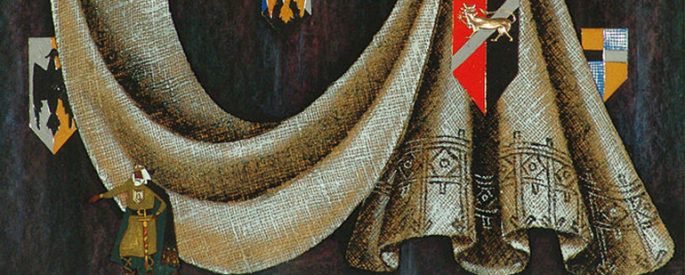
Technology (whether we mean social networking, video conferencing, virtual reality, or even language itself) can be both perilous and liberating, an architect of intimacy and an architect of loneliness too.
The Fancy and Imagination of Herman Melville
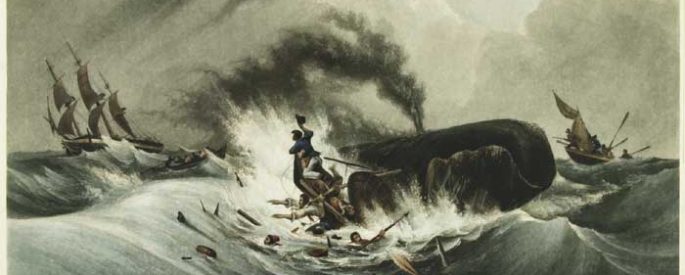
The frolicking of sailors aboard a ship’s deck reminds Herman Melville of young horses, which might lead him to the “gambols” of whales. In associations such as these, Melville shows us the incongruities and false gilding we add to life in order to make it more palatable, less terrifying.
The Lap as Site of Resistance in Layli Long Soldier’s Whereas
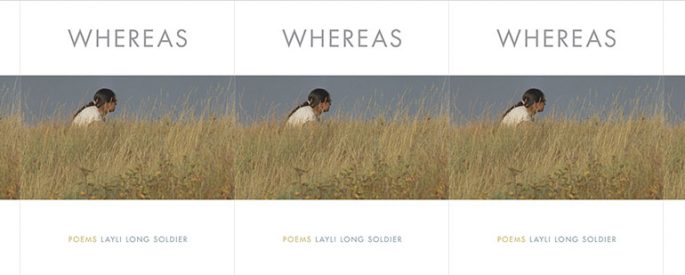
Layli Long Soldier’s 2017 poetry collection is—beyond its brilliant depiction of colonialism’s legacy—also a book about liminal spaces and stolen time, by which I mean, the dilemma of the mother/maker or mother/artist.
The Art of Conversation in Theresa Hak Kyung Cha’s Dictee
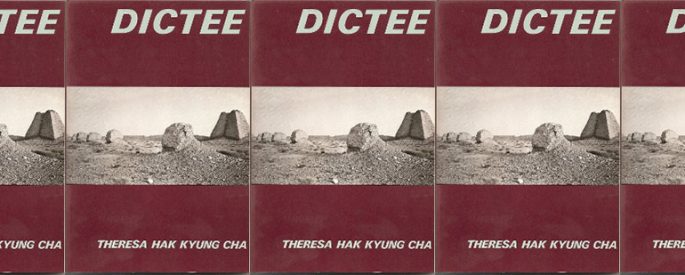
Theresa Hak Kyung Cha’s 1982 book confounds expectations at every turn. Specifically, there’s something monumental about the text’s extreme lack of metaphor, its striving toward objective observation, that feels to me—in this moment—absolutely poetic.
America and The River Twice
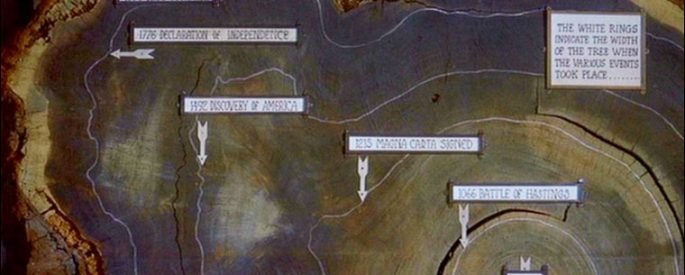
Kathleen Graber’s newest collection asks how much her speaker is to blame for what she sees as troubling in American culture, and how identity might be formed in the crucible of condemnation.
Sadness, Metaphor, and Pedagogy in The Sword in the Stone

In the first book of T. H. White’s Arthurian saga, published in 1938, a young Arthur feels restless and sulky. Arthur’s stepfather shoos him away to Merlyn’s study for advice and a little cheering up, and Merlyn tells his pupil, “The best thing for being sad is to learn
The Secret Horror of The Haunting of Hill House

A secret horror isn’t magically eradicated because its spoken aloud. Rather, its implications spread, deepen, further infiltrating our complex web of relationships, our motivations, our dreams. In fact, some horrors can’t be named; the words fail us.
Faith and Sycamore

Kathy Fagan’s newest collection of poetry leans on its eponymous tree’s multi-colored, mottled trunks, its hefty size and spreading canopy, to provide a material figure for perseverance and resurrection, replacing those old images of “angel / wings of gold and mica.”
Visiting Haworth

From childhood, the Brontë siblings held each other’s intellects in high esteem and together made a web—a story-catcher—out of their own disparate interests, their ideas acting as warp and woof, their mutual love and respect a catalyst for their later works.
The Poetic Instant and Creative Criticism
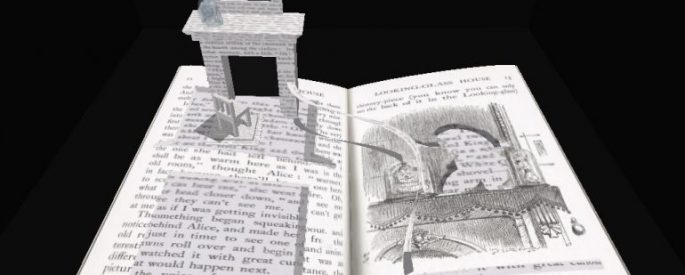
I’ve often wondered about the efficacy of my academic training. What good did it do? The definitive effect hasn’t been a breadth of ready knowledge but rather a facility for surprise and a capacity for shaped responses to texts I call “creative criticism.”